A second Pre-Application Conference has been scheduled by SERA Architects to discuss a revised proposal for 505 NW 14th. As now envisioned the development would allow the historic Fire Station #3 to remain, a change from an earlier proposal that would have seen it demolished. The building is currently home to Touché Restaurant & Bar.
The project for Mill Creek Residential Trust has also significantly grown in size. The building would now reach 16 stories, and include 280 residential units, up from the 12 stories and 150 units proposed in April of this year. 222 vehicular parking spaces are proposed. Drawings show a 16 story bar tower oriented to NW 14th Ave, with a lower rise sidecar form wrapping around the fire station building. Building amenities are shown at level 6, including a club room, fitness center, rooftop terrace and spa.
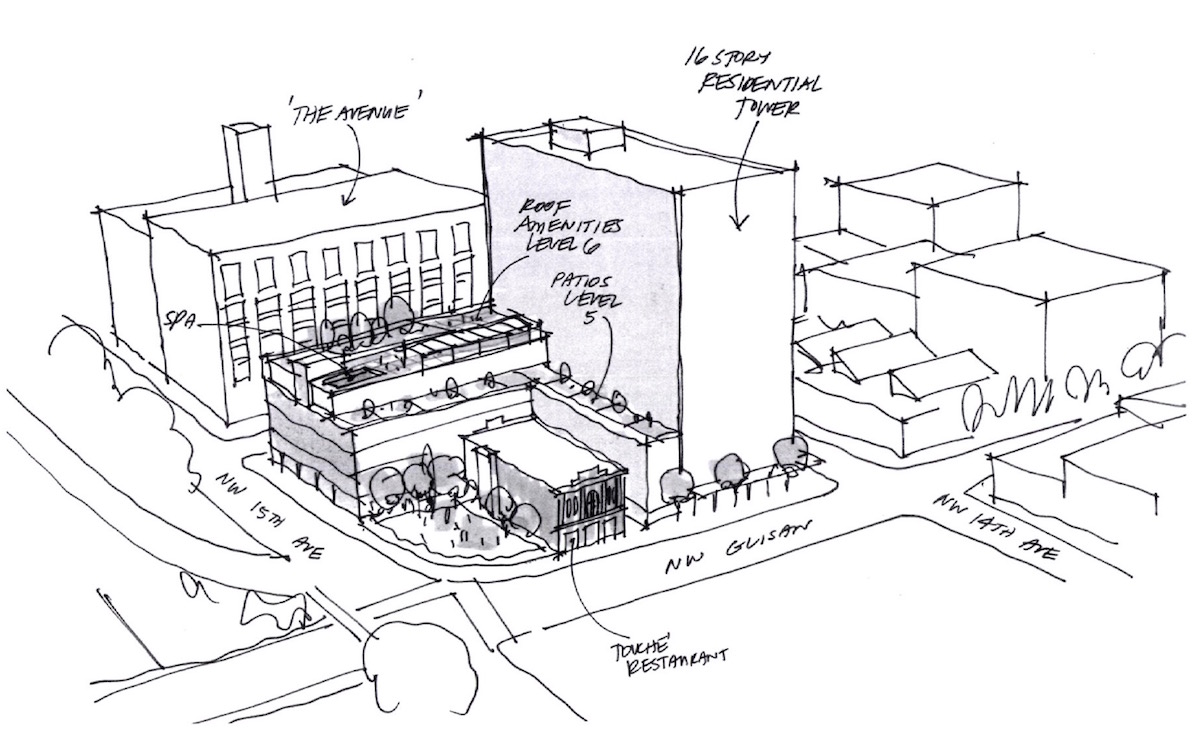
The site for the project is approximately three quarters of the block bound by NW Glisan St, 14th Ave, Hoyt St and 15th. The development would require the demolition of two buildings most recently occupied by Premier Press, who have since moved their operations to Swan Island. A project to convert and expand those two buildings into new office space was approved by the Design Commission in October, but was never submitted for building permit review. Other buildings on the site that would be removed include the 1939 service station, now occupied by Hawaiian Time, and a single story retail building most recently occupied by restaurant Le Bouchon.
Separately, a surface parking area on the block is likely to be developed into a parklet, in order to allow an FAR transfer to a proposed building across the street at 1430 NW Glisan.
The Pre-Application Conference [PDF] is scheduled for June 21st 2016 at 8:30 AM. The project will be required to go through a Type III Design Review, with public hearings before the Design Commission.
Drawings
- Plan – Level 1
- Plan – Basement
- Plan – Level 2
- Plan – Level 5
- Plan – Level 6
- Plans – Levels 7 to 16
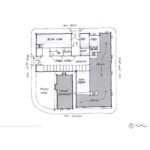
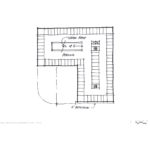
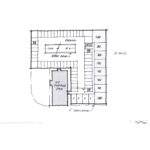
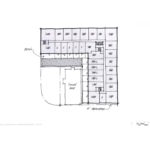
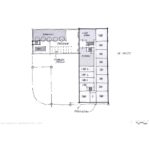
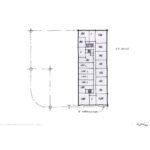
This is great news. Even if the building itself isn’t so unique or spectacular, it’s important that we retain what little bits of history we have. To do otherwise would be to remove Portland’s sense of place and sense of history – something we can’t afford to do as such a (relatively) new city to begin with.
Perhaps even more importantly, the preservation of a smaller scale building on this parcel prevents the erosion of the granularity of the block. One of the most important drivers of urban vitality is diversity. Due to the large scale of modern capital relative to the norm at the time our cities were platted, we’re seeing a large scale erosion of the cellular modules of urban blocks. As the building modules grow larger, diversity decreases, and with it, the potential for piecemeal, incremental change and adaptation. Older, smaller buildings serve a valuable purpose in the built environment before we even take aesthetics into consideration.
Jonathan I couldn’t agree more. This isn’t a density versus preservation argument. We can have both but we need a code which promotes this diversity you describe. I’m heading a task force that is charged with examining current code and finding out how we might begin to adjust incentives or restrictions to achieve greater building typology diversity within the overall goal of greater density. This revised plan is good example where keeping the smaller historic structure actually allows a better overall program. Of course acquiring 3/4 of the block as opposed to the original 3/8 helped dramatically. But that’s part of the point–we are seeing development that is being forced on poor sites just to get it done. We need to demand better design and more creativity. We have the design talent here in Portland but it’s not getting fully utilized because our code let’s short term financial goals trump long term good design.
David, I’m very glad people in Portland are actively pursuing policy solutions to this issue. I’ve been frustrated with the difficulty of getting traction with issues of urban grain in Seattle. One exception is Mark Hinshaw’s eminently reasonable suggestion that we cap lot sizes the way we cap heights. I’ve quite I’ve done quite a bit of original research on the matter and I’d be glad to discuss it. You can get in touch with me at jonathankonkol at gmail.com
A similar scenario has played out on Capitol Hill in Seattle, where a building was landmarked by the city, preventing a facadectomy and replacement of a number of small buildings with a building of a much larger footprint. New development will go ahead, but with some of the underlying plat structure intact.
http://www.capitolhillseattle.com/2016/06/what-the-value-village-development-will-look-like/#comments